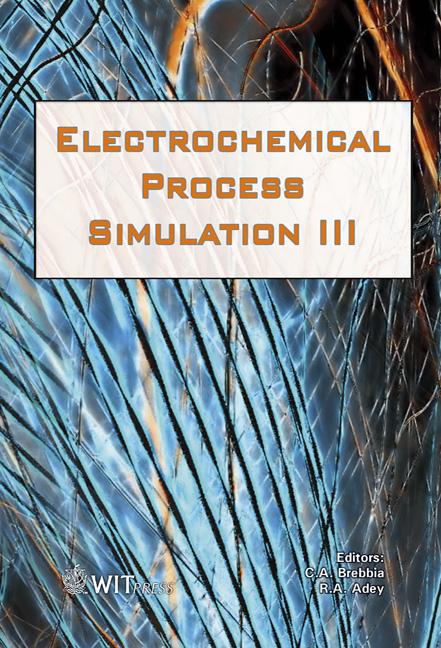Hydrogen Production By The Westinghouse Cycle: Modelling And Optimization Of The Two-phase Electrolysis Cell
Price
Free (open access)
Transaction
Volume
65
Pages
12
Page Range
11 - 22
Published
2009
Size
644 kb
Paper DOI
10.2495/ECOR090021
Copyright
WIT Press
Author(s)
S. Charton, P. Rivalier, D. Ode, J. Morandini & J. P. Caire
Abstract
Hydrogen is currently viewed as a promising energy carrier for transportation applications. In this context, mass production of hydrogen is a major issue for the coming decades. Among the viable production processes, the hybrid sulphur cycle, or Westinghouse cycle, is studied by the Nuclear Energy Division of the French CEA. In this work, the influence of H2 bubbles on the current distribution within the electrolyser is studied. Turbulent two-phase flow simulations are performed with Ansys-Fluent CFD code in the 3D calculation domain using an Euler-Euler model. The electrokinetic problem is solved in the same domain by a finite element code, Flux-Expert, which is able to compute the secondary current distribution by means of specific interfacial elements. Parameters including the cell orientation (vertical or horizontal electrode), flow regime and bubble size are investigated, and the current model development status and needs are discussed. Keywords: two-phase flow, numerical model, hydrogen, fluent, flux-expert.
Keywords
two-phase flow, numerical model, hydrogen, fluent, flux-expert





